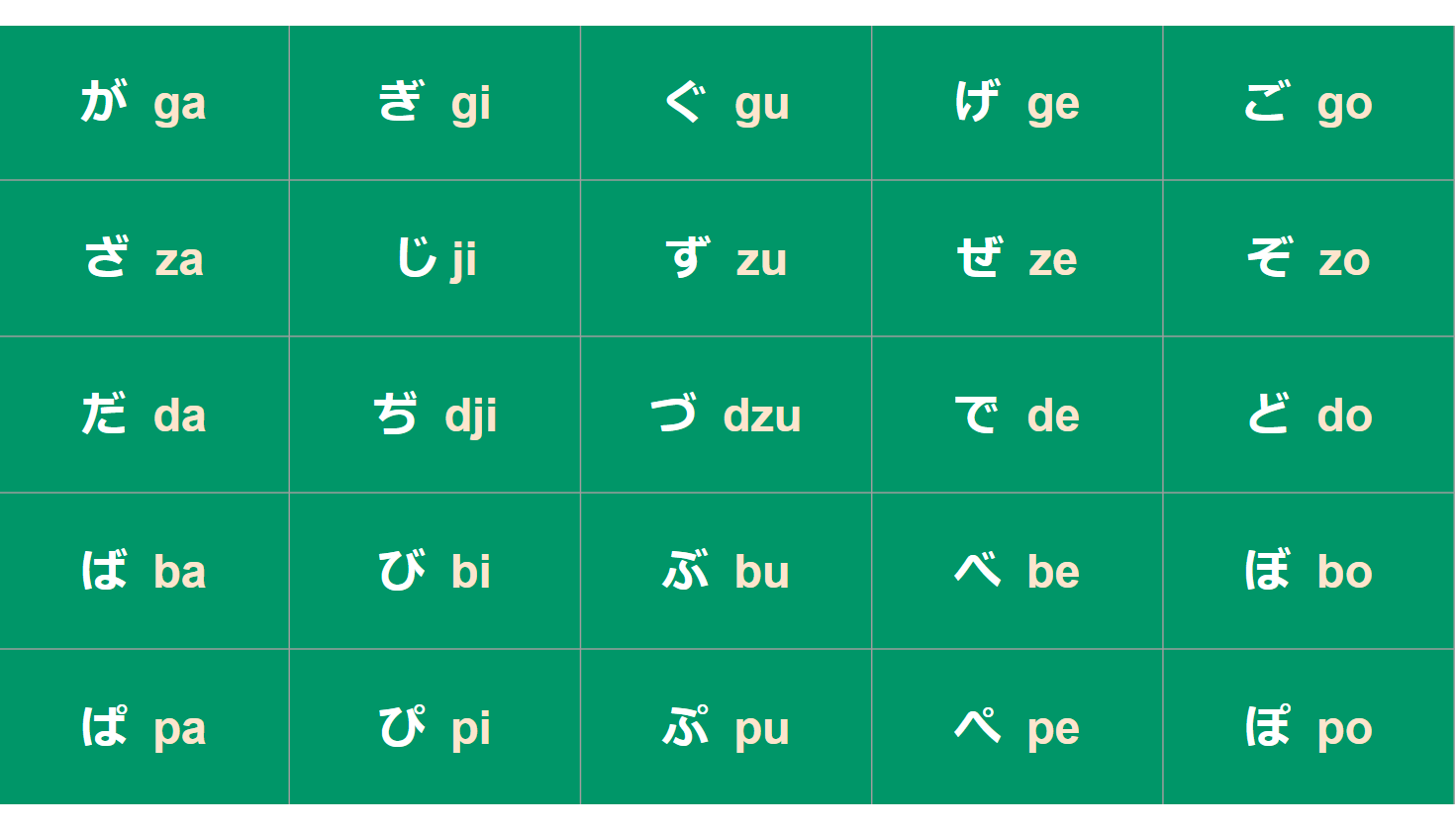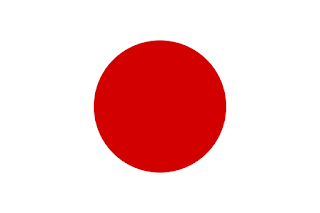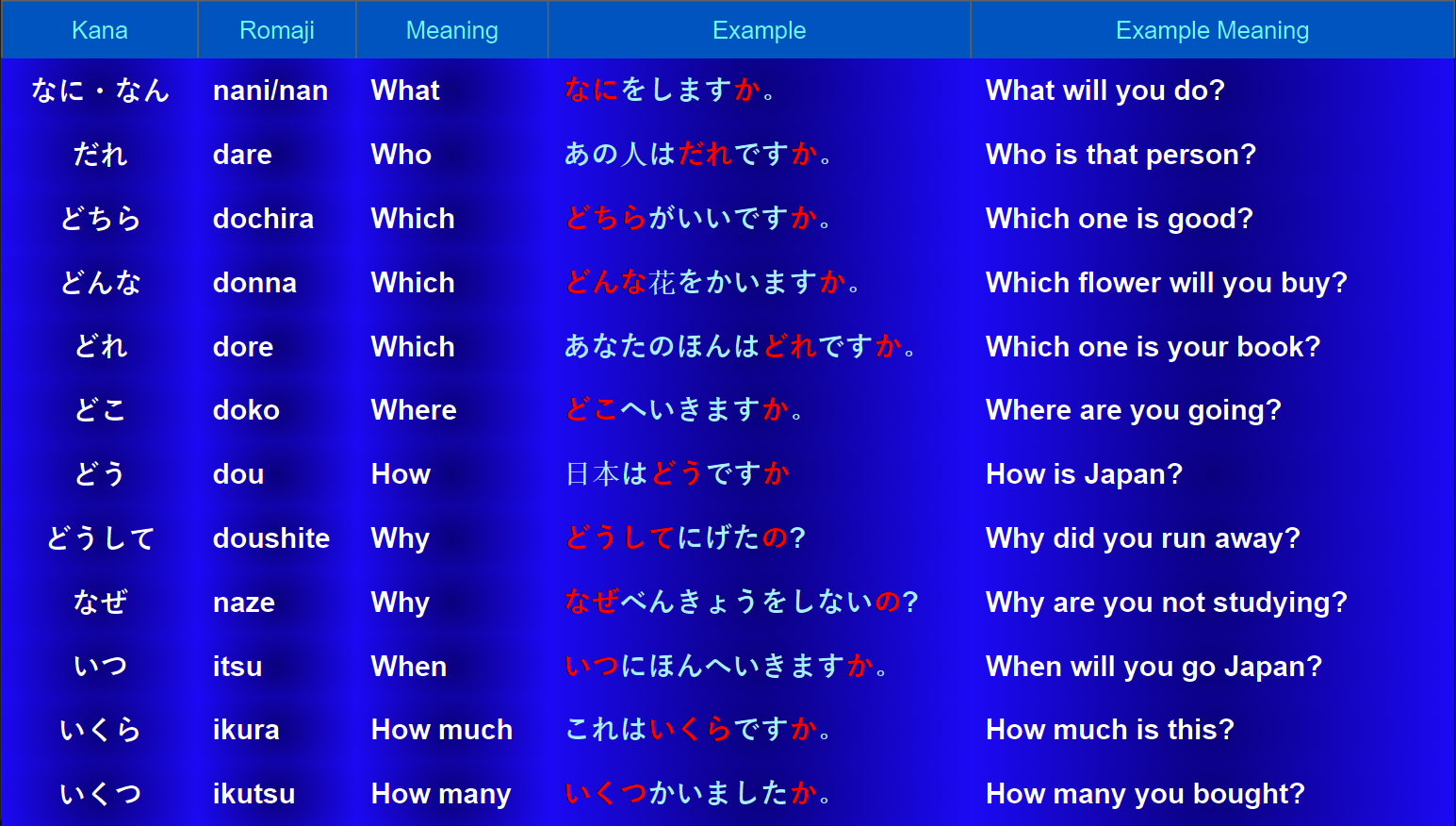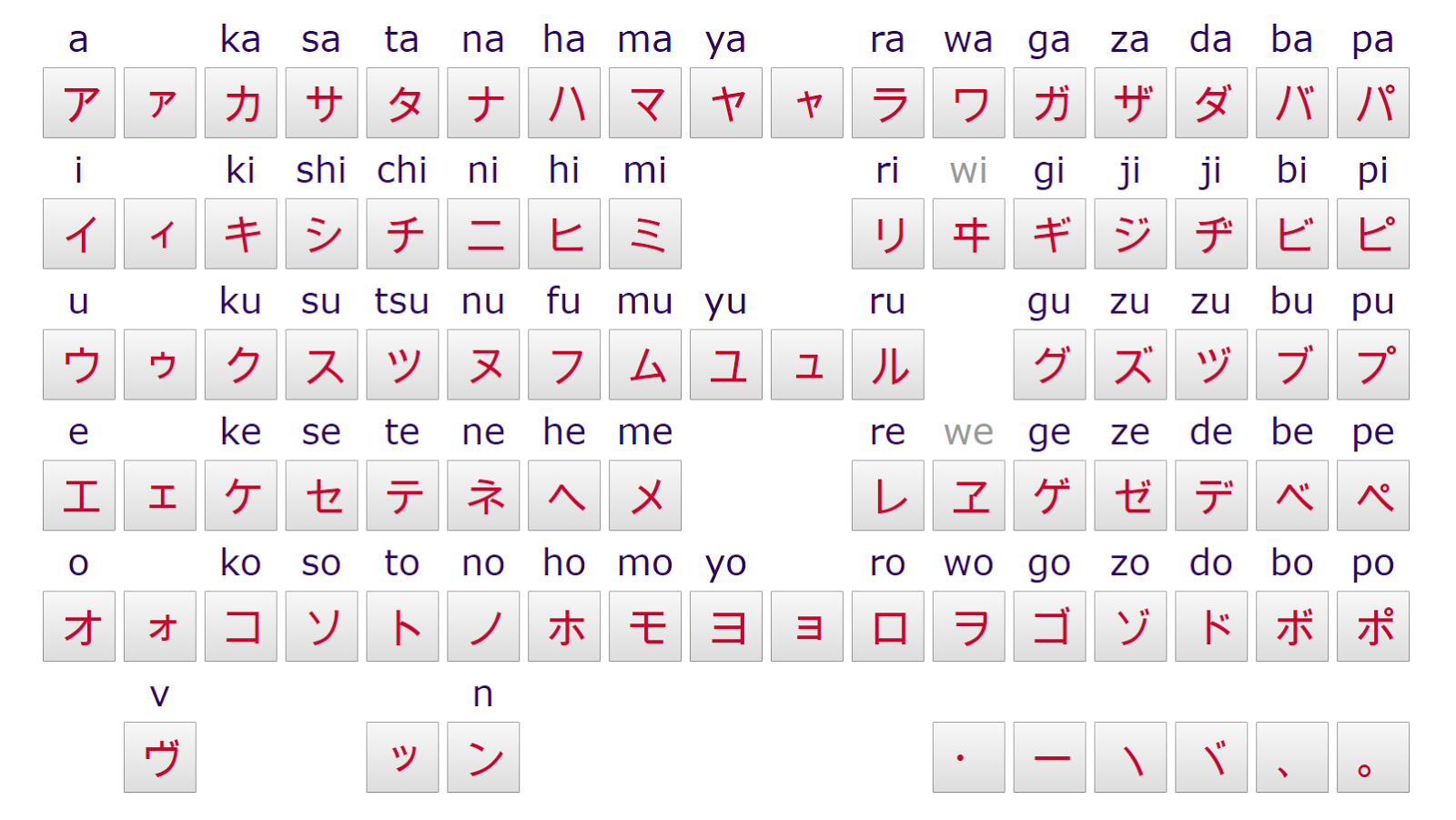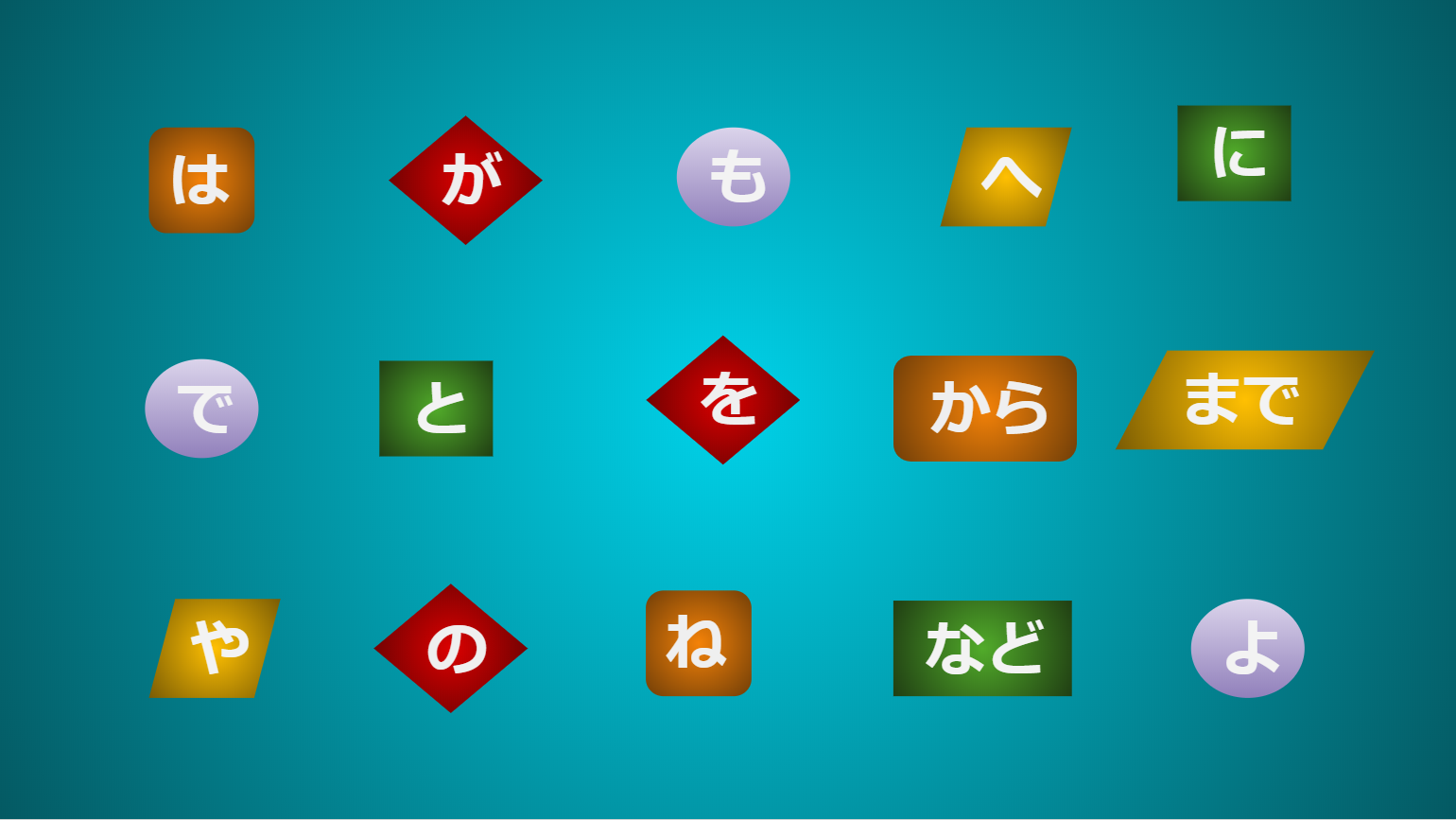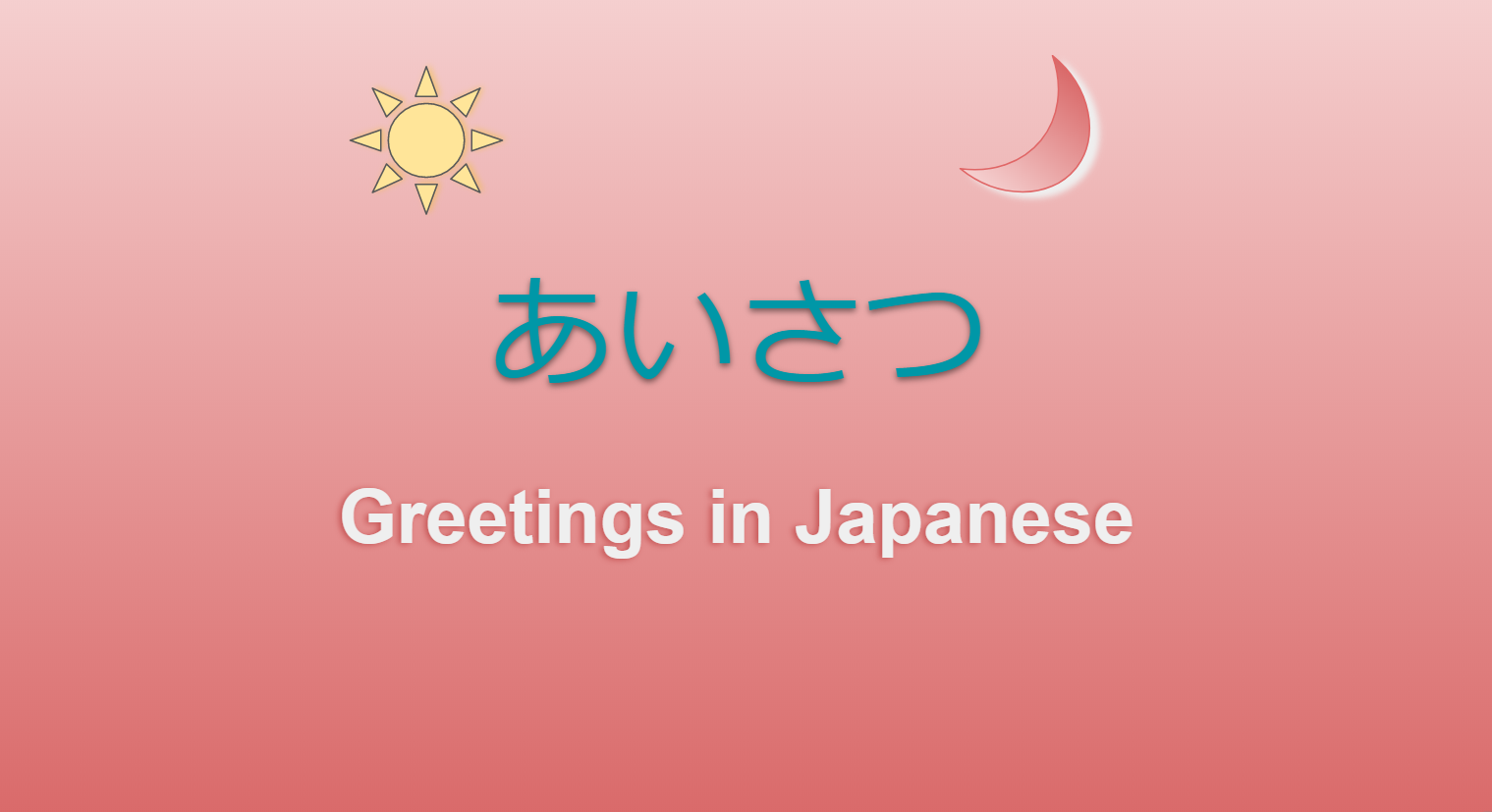JLPT N5 Lesson 22: ~TAI vs HOSHII

In this lesson, we will learn how to tell 'I want to do something' or 'I want to have something'. Want to do something 「なになに~たいです」 First, les us see, how we can tell someone 'I want to do something'. :-: I want to eat ramen. = ラーメンをたべたいです。 :-: I want to drink coffee. = コーヒーをのみたいです。 :-: I want to do this. = これをしたいです。 :-: I want to go to Japan. = にほんへいきたいです。 :-: I want to go to shopping. = かいものにいきたいです。 :-: I want to read newspaper. = しんぶんをよみたいです。 >> to eat = たべる; want to eat = たべたい; >> to drink = のむ; want to drink = のみたい; >> to do = する; want to do = したい; >> to go = いく; want to go = いきたい; You may have noticed that たい is added to each verb to form the たい form of the Japanese verbs. But, before adding the たい portion, the stem of the verbs are also modified. In the above p...

